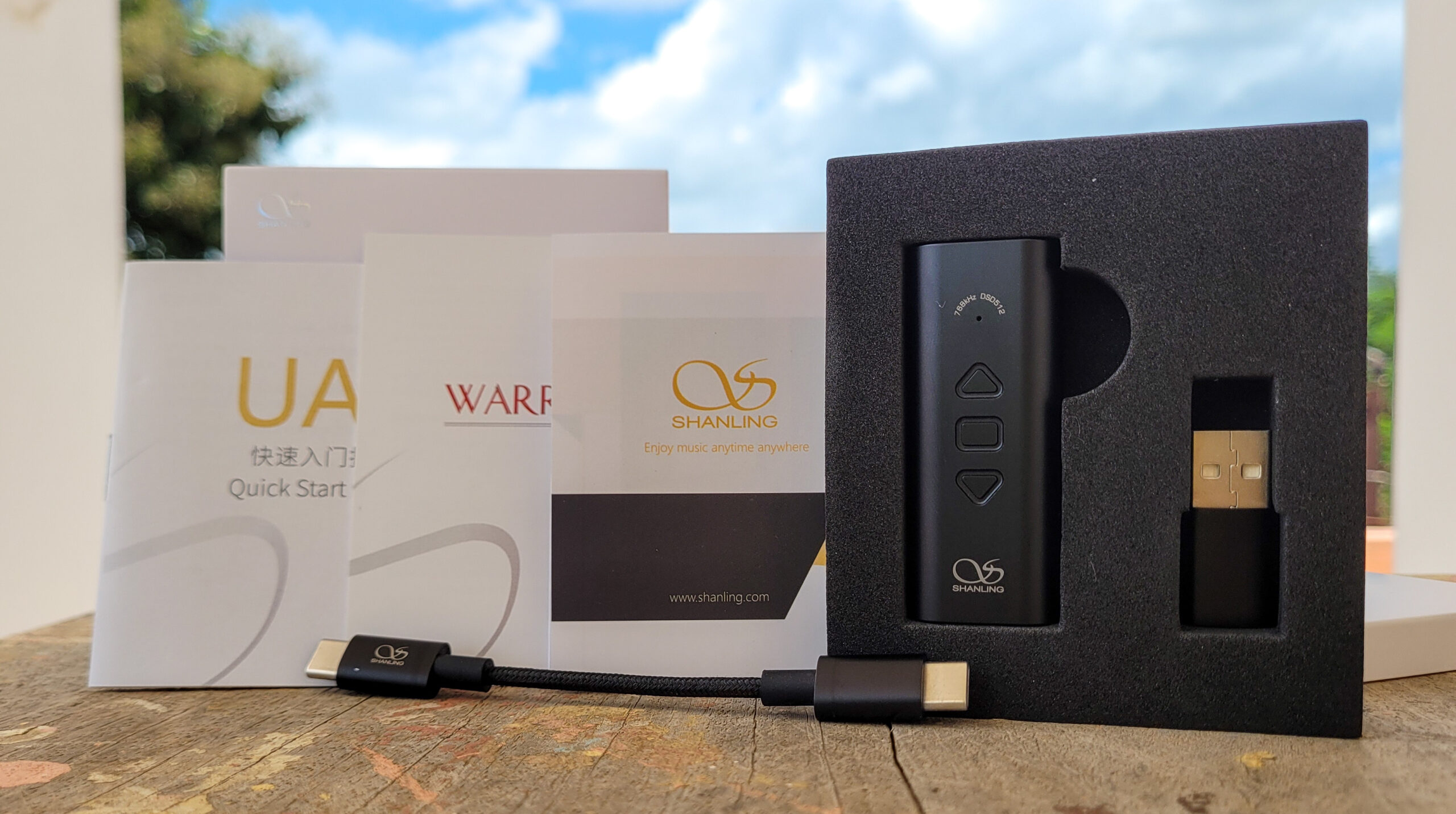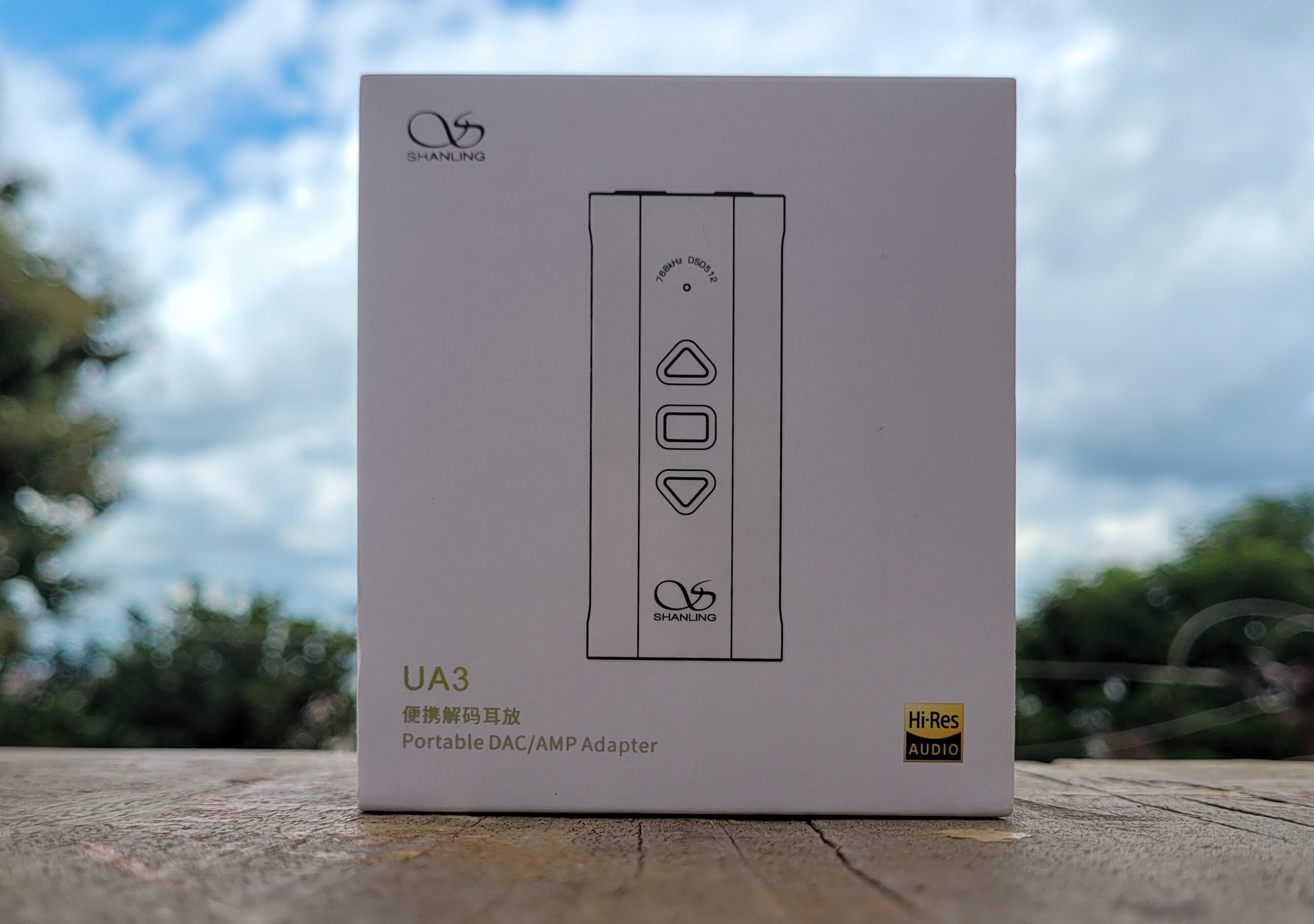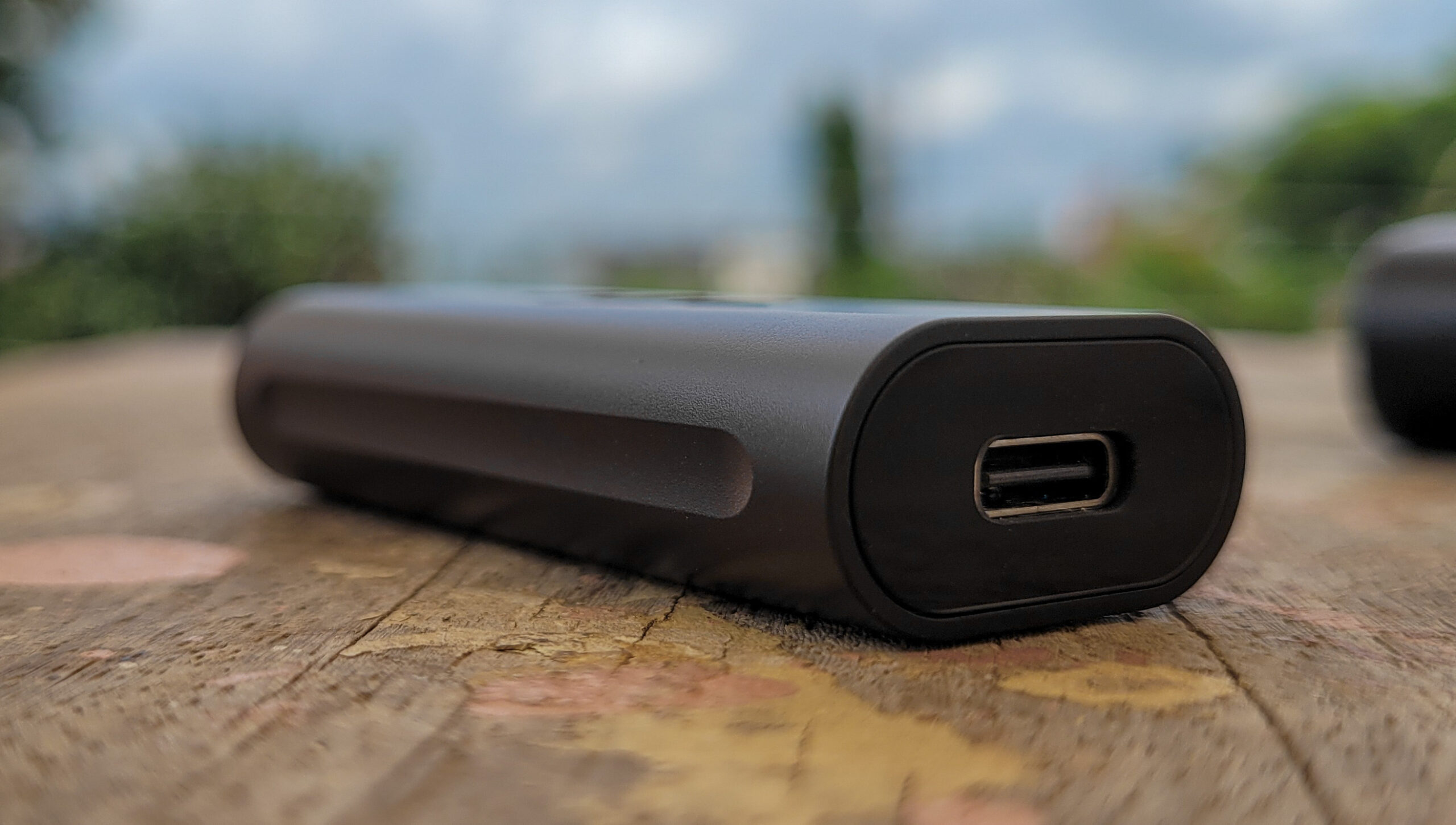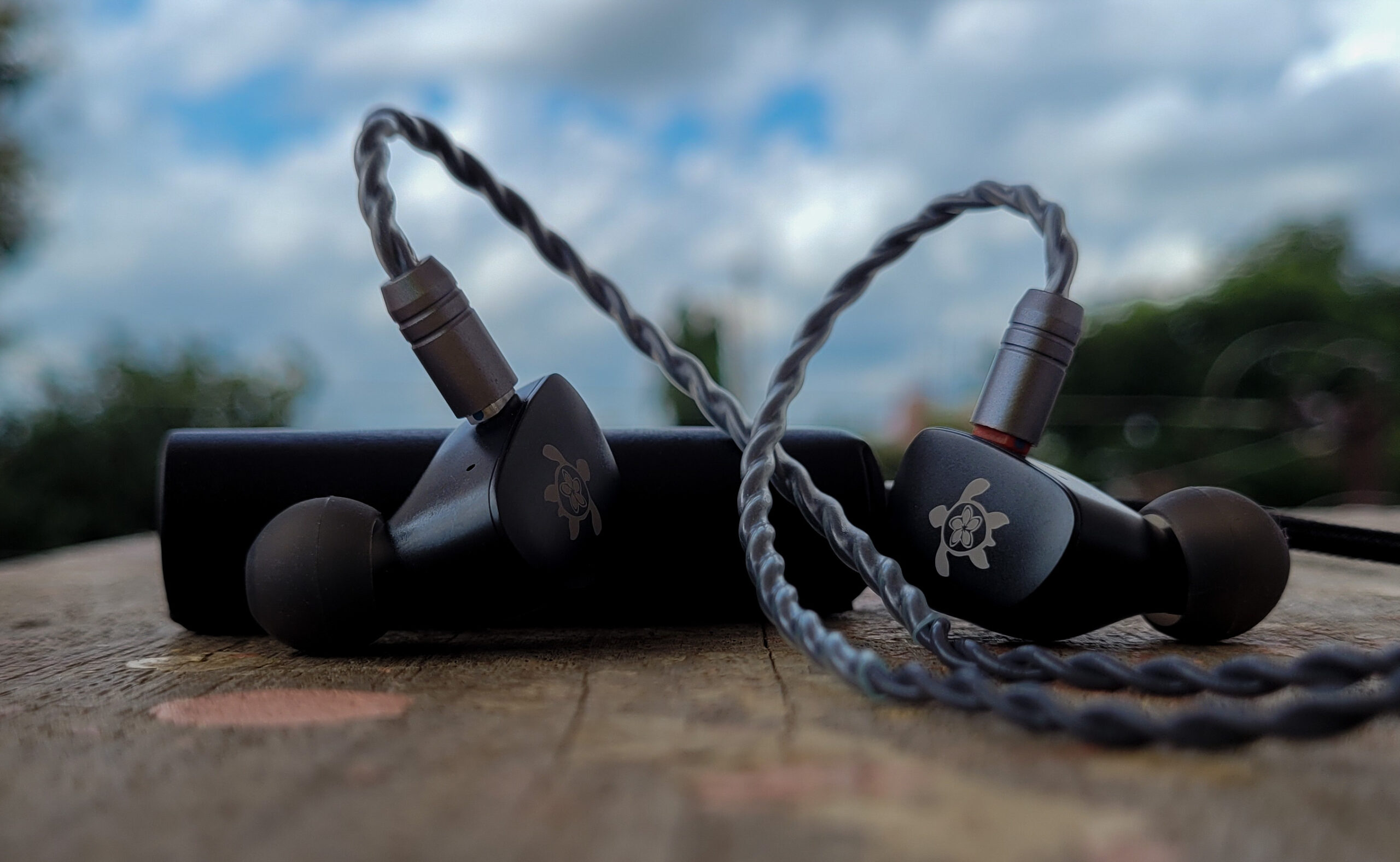INTRO:
Shanling, they are one of the biggest players in the DAP market now, I will not believe you if you tell me that you have been in this hobby for a while and haven’t heard about them. They started with DAPs, some had initial issues but after a few hick ups they ironed their QC and I kind of will pick one of their DAPs over any other competing brand. I have acquired a distinct liking for their DAPs thanks to their excellent tuning and build quality. They introduced dongles a couple of years ago and these dongles are following their excellent tuning philosophy with excellent build quality and very good balance across the spectrum. I was impressed with the UA5 which is their flagship dongle. While it got caught up by competing brands and their similarly priced flagship dongles with slightly better SQ but their newer and cheaper UA3 isn’t exactly facing a lot of competition when it comes to the whole package. It is tuned to cater to a wider variety of audience and is priced sensibly at $109.
Get one from these links:

UNBOXING AND ACCESSORIES:
Just like most of the dongles UA3 too has simple set of accessories and the unboxing experience is straightforward. Simple box, open the flap and the dongle and USB A adapter are placed upfront while the USB cable and some documents are placed under a paper cover. This is basically what we get with all the dongles but something like a carry case makes good amount of sense at this price. One can always buy a case.



BUILD QUALITY:
I have to mention, UA5 is not the smallest dongle in the market and in fact it is fairly compact with a length of 60mm, width of 25mm and depth of 13mm and weighs only 205g. Shanling hasn’t explicitly mentioned but it’s safe to guess that UA3’s outer jacket is made out of metal and it feels robust to the hand. Both 3.5mm and 4.4mm jacks are sturdy and don’t have loose feel to them. Like the UA5 Shanling has given this dongle a bit of special treatment with a 3 button remote on it. This can be used for both volume control or skipping tracks, the orientation can be selected from their Eddict player app.


SPECIFICATIONS AND OPERATION:
Now now.. This dongle is loaded with stuff. Let’s start with the internals. It has dual 9038Q2M DACs for a fully balanced experience and these DACs have their own Ricore RT6863 amps delivering 211mw of balanced and 125mw of single ended power at resistance of 32 ohm. It can decode 768 kHz, 32 bit and DSD up to 512x. This is good enough for most of the IEMs. I can easily extract around 10-12hrs from my Redmi Note 10 pro. Install the Eddict player app to play around gain, filters and various other settings from mobile devices.
Unlike most other dongles, UA3 can be used with consoles without any problem. Using it with PC is a piece of cake, Windows need drivers but MAC doesn’t.
SOUND QUALITY:
I have been using this as my primary source and I can state that UA3 is one of the best dongle around $100. Equipped with AK4492SEQ it has one of the cleanest and details and can take on budget DAPs with ease. It doesn’t try to tamper much with the sound but adds a bit of warmth and thickness while keeping notes closer to reality. Unlike the Fiio KA3 it doesn’t introduce extra energy for finishing definition but relies on its stage size and technical abilities to bring forth the natural attack and transparency. It has one of the most neutral tonalities with a bit of tilt towards slightly voluminous notes. This gives the UA3 a musical and pleasing feel.

Bass:
UA3 has a slightly slower lower end when compared to the UA5 but still is without any bloating and muddiness. Pair it with any IEM, UA3 brings a bit of softer and milder side of it with a bit fuller and rounded note. Sub-bass extension is very good while the mid bass is slightly emphasized. It brings a bit more volume to most IEMs. It does not add much of its own but does restrict the IEM from being loose or wooly while keeping its punch and slam meaty. It controls the decay speed nicely giving them the right amount of weight. The plus points are its texture and details. It delivers well defined notes with excellent texture.
Mid range:
Mid range is where the clarity is exceptional, pick any instrument, they all exhibit class leading definition and clarity. Its separation and layering is better than both Fiio KA3 and Paw S1. The whole mid range has clean and precise feel. Yes, the body could have been a bit tighter but UA3 trades slight bit of transparency, precision (of the UA5) for cohesion and texture. It’s nowhere near being smooth or blunt but the extra bits of bite of UA5 are ironed. Those who prefer precision and accuracy might find this slightly less intriguing but those looking for slightly smoother notes without compromising details or definition will love the UA3. Vocals too are very good, male vocals have very good texture with a throaty and fuller feeling. UA3’s marginally fuller notes help the female vocals lose some aggression and gain extra texture and definition. Compared to the KA3, UA3 has better contrast and the sonics are much more developed.
Highs:
UA3 has a level headed presentation which doesn’t show any extra aggression or sparkle while retaining excellent extension and air. The problem with the Fiio KA3 was its aggressive and bity treble region which is cured with the UA3. UA3 takes care of this with a well balanced, lively yet sibilance free treble region. It doesn’t have any piercing or uncomfortable attack, there is no discomfort but if you feel it’s a bit on the docile side, pick the sharp roll off filter of extra definition and precision. Layering and separation is top notch with very good transparency.

STAGE AND IMAGING:
UA3 is very good with its stage expansion. It has a well rounded stage with good X-axis width and excellent height. Z-axis depth is above average too. Imaging is something this little DAC/Amp is very good at. Not as good as the UA5 but is better than Fiio KA3. It has the best imaging and accuracy from a dongle around $100 which includes Paw S1 too. All the instruments have very good positioning with very good air between them. UA3 has very good dynamics and the stage can flex a bit to accommodate extra bit of sonics. Instrument distribution is very good without any hollow or busier feeling at any region.
COMPARISON:
VS Shanling UA5:
CONCLUSION:
UA3 is a excellent sounding dongle and barely has anything as complete as it under $120. I have had a few dongles under $100 and none of them compete against the UA3 while the UA3 easily goes head-on against the likes of Paw S1 and Fiio KA3 without breaking sweat. This is one of the best dongle at its price. Well balanced, highly versatile with the filters and those switches are a bonus. I love the way this dongle sounds, little I can complain about. But please do not pair it with IEMs over $700. This might not be able to do full justice to them. Get something like UA5.
If you want more details and can spend twice as much getting the UA5 will give you bigger stage and better precision and clarity and a few more controls within the dongle.



2 Responses
I swear I can’t hear differences versus internal phone DAC/AMP and external ones, and I’ve used Sennheiser’s IE 800 and ATH-M50x. They all sound the same to me. Which is why I decided for the cheaper UA3 instead of UA5 (plus making sure the battery is charged with the UA5 and worrying about battery degrading over time is another minus for me). I bought the UA3 because it has a detachable cable and can supply more power and doesn’t “clip” when the sound (bass in particular) is too loud.
The detachable cable is a plus for me because I had the iBasso DC03 and two AQUA Nexum DACs/AMPs – the iBasso would get disconnected if the cable was bent in an unlucky spot and both the Aquas dies because of a cable and there was no way to replace the cables.
I use Wavelet on my Android (because of the AutoEQ option, with Legacy mode that doesn’t require any permissions and works with systemwide without issues; no root required) and when I turn the bass too much it starts to “clip” (necessisating the usage of a limiter) both with my laptop’s and phone’s DAC/AMP and this eliminates the issue – no limiter needed.
Trust me, there are barely any differences between various DACs/AMPs and I’ve used the expensive and high-quality IE 800 and ATH-M50x and I wouldn’t be able to tell the difference in a blind test, even with an internal one from a laptop or phone. The only way I’d be able to is when the limiter kicked in if a volume was turned up and that’s it. The only reason for my purchase was louder volume and elimination of both “clipping” and the limiter.
I don’t know what koolaid the reviewers were drinking when picking out nuances from the sound of a DAC/AMP but I can’t hear any differences. Again, this is coming from someone who used high-end ‘phones like the IE 800 and ATH-M50x with various internal and external DACs/AMPs l. I’d sure love to have those supposed “golden ears” who can pick up slight nuances which apparently can be heard.
So take my advice – don’t go for the most expensive external DACs/AMPs except for power (important for high-impedance headphones) and “clipping”/limiter elimination, and if you decide to go for it, choose the one with a detachable cable because the cable can break and with a detachable cable you’ll be able to replace the cable if it breaks instead of replacing a whole dongle.
I hope were on coolaids, wont that make it harder to differentiate? There are differences with the tuning and amp in some cases.